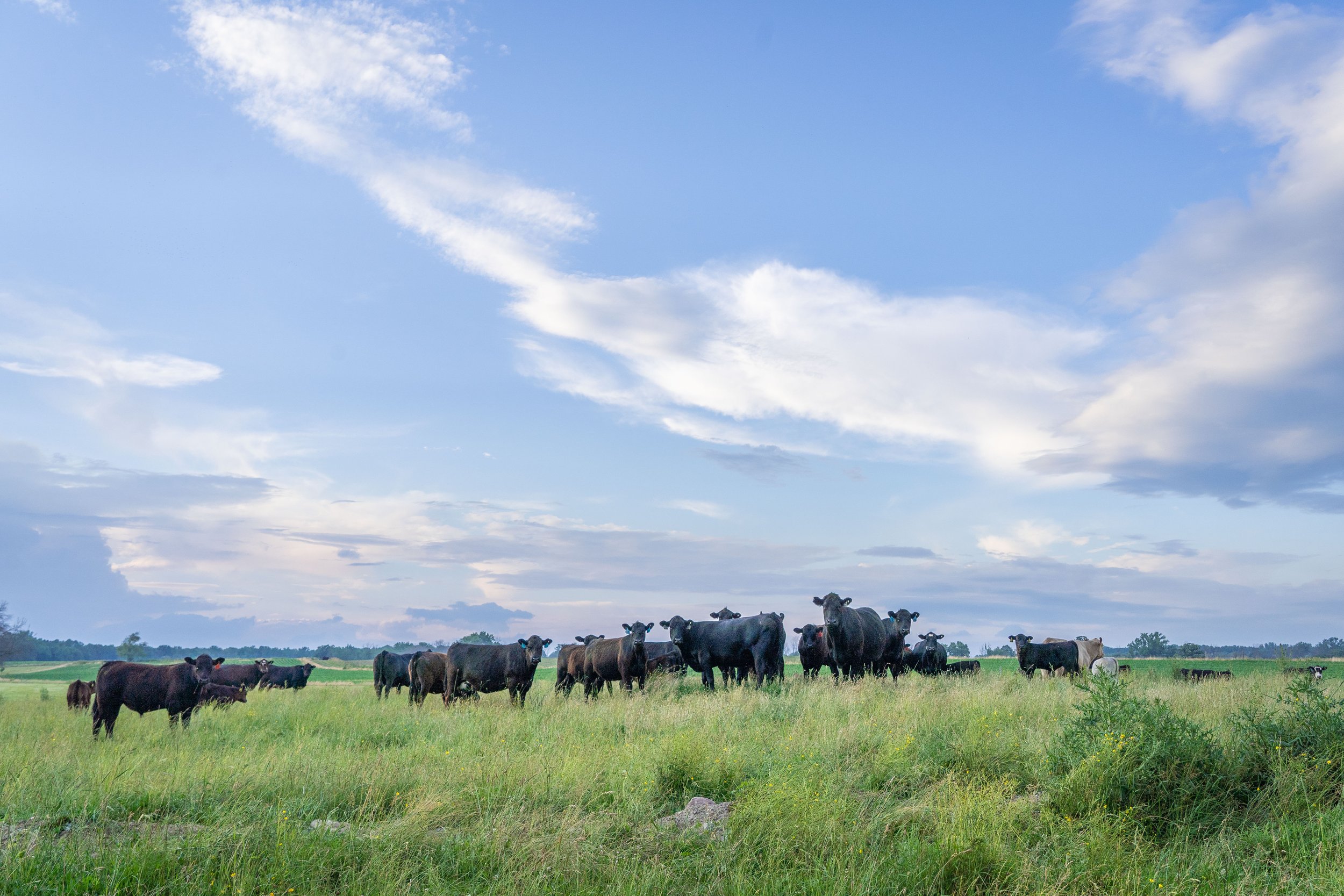Key Variables to Think About When Deciding On Animals Danger Security (LRP) Insurance Policy
When examining options for Livestock Threat Security (LRP) insurance, numerous crucial factors call for careful factor to consider to ensure efficient threat management in the farming sector. Selecting the appropriate protection alternatives tailored to your particular animals procedure is vital, as is understanding how superior prices correlate with the level of security supplied.
Coverage Options
When considering Livestock Risk Defense (LRP) insurance, it is important to understand the various insurance coverage alternatives offered to alleviate risks in the agricultural sector. Animals Threat Security (LRP) insurance coverage offers various insurance coverage choices tailored to fulfill the varied requirements of livestock manufacturers.
One more vital insurance coverage alternative is the recommendation period, which figures out the length of time the coverage is in effect. Manufacturers can choose the endorsement period that finest fits their production cycle and market problems. Furthermore, coverage degrees and rates differ based on the kind of livestock being guaranteed, providing producers the adaptability to personalize their insurance intends according to their certain requirements.
Recognizing the different insurance coverage options readily available under Livestock Threat Security (LRP) insurance coverage is important for producers to make educated choices that efficiently shield their livestock procedures from market uncertainties.
Costs Costs

Animals Danger Security (LRP) insurance coverage offers important coverage alternatives customized to alleviate dangers in the farming industry, with a considerable aspect to take into consideration being the estimation and structure of premium prices. These consist of the type and number of livestock being guaranteed, the insurance coverage level chosen, the existing market costs, historic cost data, and the length of the coverage duration.
Insurance firms evaluate historic information on animals rates and production expenses to figure out an appropriate premium that shows the degree of threat entailed. It is necessary for livestock producers to thoroughly examine premium prices and coverage options to ensure they are effectively protected versus possible economic losses due to adverse market conditions or unexpected events.
Qualified Livestock
The resolution of qualified livestock for Livestock Risk Defense (LRP) insurance policy coverage involves mindful factor to consider of particular criteria and features. Livestock kinds that are commonly qualified for LRP insurance consist of feeder cattle, fed swine, cattle, and lambs.
Feeder livestock, for instance, are typically qualified for LRP coverage if they drop within defined weight arrays. Lambs are an additional classification of animals that can be thought about for LRP insurance policy, with elements such as weight and age playing a critical role in identifying their qualification.
Before choosing LRP insurance policy for livestock, producers must meticulously evaluate the eligibility standards outlined by the insurance policy service provider to guarantee their pets fulfill the necessary requirements for protection.
Plan Adaptability
Plan flexibility in Animals Danger Protection (LRP) insurance policy enables manufacturers to tailor insurance coverage to fit their specific requirements and risk administration techniques. This adaptability equips livestock producers to tailor their insurance coverage plans based on elements such as the kind of livestock they have, market conditions, and private threat tolerance degrees. By offering adjustable options, LRP insurance coverage makes it possible for producers to successfully manage their danger direct exposure while safeguarding their livestock procedures against unexpected market volatility.
Cases Process
Upon experiencing a loss or damages, manufacturers can start the insurance claims procedure for their Livestock Risk Security (LRP) insurance policy by promptly contacting their insurance policy supplier. It is crucial for producers to report the loss go to the website immediately to expedite the insurance claims procedure. When connecting to the insurance supplier, manufacturers will require to offer in-depth details about the event, including the date, nature of the loss, and any appropriate paperwork such as veterinary records or market costs.

After the evaluation is complete, the insurance policy supplier will decide regarding the insurance claim and connect the outcome to the manufacturer. The producer will certainly obtain payment according to the terms of their Livestock Danger Defense (LRP) insurance coverage policy if the claim is accepted. It is crucial for manufacturers to be familiar with the insurance claims procedure to ensure a smooth experience in the event of a loss

Conclusion
To conclude, when selecting Livestock Risk Security (LRP) insurance coverage, it is vital to think about protection choices, premium expenses, eligible livestock, plan adaptability, and the cases procedure. These essential variables will certainly assist guarantee that farmers and breeders are properly protected versus prospective dangers and losses associated with their animals procedures. Making a notified decision based on these factors to consider can eventually result in better economic security and assurance for livestock producers.
Animals Risk Protection (LRP) insurance policy uses different insurance coverage choices tailored to fulfill the diverse demands of livestock producers.The decision find out here of eligible animals for Livestock Threat Protection (LRP) insurance policy coverage involves cautious consideration of details requirements and characteristics.Plan flexibility in Animals Risk Defense (LRP) insurance coverage enables manufacturers to tailor coverage to fit their specific requirements and risk administration strategies.Upon experiencing a loss or damages, manufacturers can start the cases process for their Livestock Threat Protection (LRP) insurance coverage by promptly contacting their insurance policy company.In verdict, when selecting Livestock Threat Protection (LRP) insurance coverage, it is crucial to consider insurance coverage choices, premium prices, eligible animals, plan flexibility, and the insurance claims procedure.